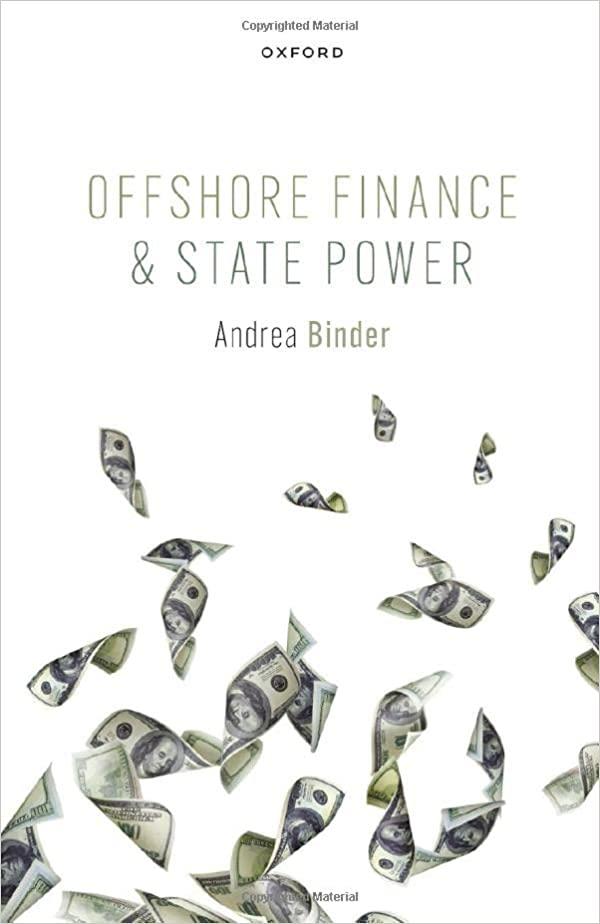Question
5. Giant Industries (stock symbol GI) is a petroleum refiner and marketer in the American Southwest. The firms shares are listed on the New York
5. Giant Industries (stock symbol GI) is a petroleum refiner and marketer in the American Southwest. The firms shares are listed on the New York Stock Exchange. Below is what the company had to say about its bonds in its 2019 Annual Report issued on December 31, 2019: The Companys capital structure includes $150,000,000 of 9% senior subordinated notes due 2027 (refered as the 9% Notes) and $100,000,000 of 9% senior subordinates notes due 2023 (refered as the 9% Notes, and collectively with the 9% Notes, the Notes). The Indentures supporting the Notes contain restrictive covenants that, among other things, restrict the ability of the Company and its subsidiaries to create liens, to incur or guarantee debt, to pay dividends, to repurchase shares of the Companys common stock, to sell certain assets or subsidiary stock, to engage in certain mergers, to engage in certain transactions with affiliates or to alter the Companys current line of business. At December 31, 2019, the Company was in compliance with the restrictive covenants relating to these Notes. The Company had been precluded from making restricted payments from the third quarter of 2018 until June 30, 2019, because it did not satisfy a financial ratio test contained in one of the covenants relating to the 9% Notes. This included the payment of dividends and repurchases of shares of the Companys common stock. The terms of the Indenture also had restricted the amount of money the Company could otherwise borrow during this period. The Company is no longer subject to these restrictions, as the Company currently satisfies the requirements of the covenants financial ratio test. Assume that both notes were issued on January 1, 2007 and they both make semi-annual payments.
a. How many of the 9% Notes were issued if each has a face value of $1000? What are the cash flows associated with each of the 9% Notes?
b. If the company received $146.8 million from the 9% Notes issue, what rate of return did the investors require? Put differently, what was promised rate of return on this bond? What is the effective yield on the bond?
c. What should be the price for the 9% Notes on January 1, 2020 immediately after the coupon is paid on that day, if the yields have not changed?
d. Assuming the required rate of return was the same for the 9% Notes, what should the price of these notes on January 1, 2020 immediately after the coupon is paid on that day?
e. Why are the 9% Notes currently selling below par and the 9 % Notes above par?
f. Suppose exactly six months later, right after the next June coupon is paid, the required rate of return dropped by 0.5%. What will be the new price on the 9% Notes? What is the percentage change in price (Hint: First find what the price would have been at that time without the yield change)?
g. What will be the new price on the 9% Notes, given the change in interest rates, right after the next June coupon is paid? What is the percentage change in price? h. How would you explain the difference between (e) and (f)?
Step by Step Solution
There are 3 Steps involved in it
Step: 1

Get Instant Access to Expert-Tailored Solutions
See step-by-step solutions with expert insights and AI powered tools for academic success
Step: 2

Step: 3

Ace Your Homework with AI
Get the answers you need in no time with our AI-driven, step-by-step assistance
Get Started


